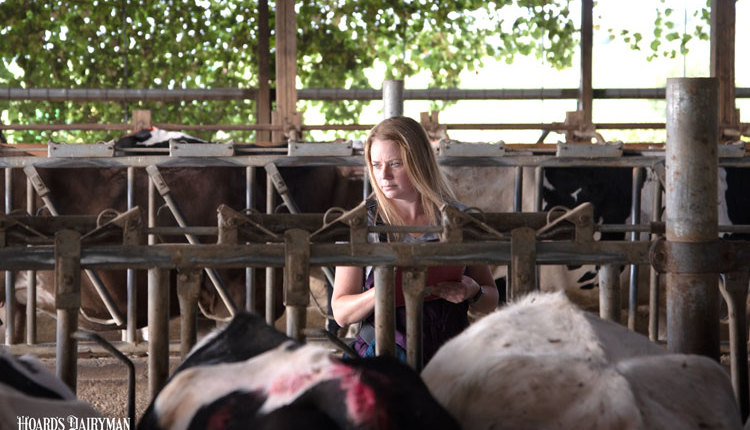
Yet, many farms are still dealing with undesirable levels of early embryonic losses.
Progress has been made in this area, assured the University of Florida’s Peter Hansen during the annual meeting of the Dairy Cattle Reproduction Council. Still, there is opportunity to improve, and he believes the industry has the tools to get there.
Hansen first pointed to genetic selection because he said many of the advancements in embryonic loss so far have been due to management changes like ration formulation and cow comfort. Daughter pregnancy rate (DPR) has improved in the dairy cow population since 2000, when it had been on a steady decline as cows were selected for milk production.
However, Hansen said this has largely occurred without boosting genetic merit for DPR, and there is more growth to make. “We’ve stopped the decline in DPR that’s been going on since the 1960s, but we haven’t reversed it,” Hansen explained. “It’s flattened out.”
Although fertility traits are lowly heritable, that doesn’t mean you can’t select for them, he said. Research has shown clear differences in reproductive performance between animals high and low in DPR. Pregnancy rate and days open were both improved in high DPR animals in a study done in his lab. “The tools are there to select cows that are more fertile,” he said in describing how embryonic losses can be avoided.
In addition to genetic selection, the professor recognized that there is still a lot of research to be done on how and why embryonic losses occur. Our current understanding is pretty poor, he said, and uncovering some of those keys will be crucial to shifting the perspective on these early losses.
“A follicle that ovulates today started growing almost three months ago,” Hansen pointed out. Over that time period, a cow can undergo numerous stresses that may affect how the oocyte performs in the reproductive system, including survival if it’s fertilized. Uterine involution after calving has been shown to affect pregnancy rate in the next lactation, as can the cow’s oviduct environment.
He also explained that a few genes have been identified as markers of high fertility. This is often where the embryo’s developmental confidence begins, and then the reproductive tract environment comes into. Some research suggests that most embryos can survive, but the problem lies with cows that aren’t prepared to support a pregnancy, Hansen added.
A lot of questions remain about embryonic losses, and finding those answers will make a big difference to dairy farmers aiming to keep their cows cycling. For now, genetic selection tools, good cow health, and low-stress environments are among the best ways to foster a healthy pregnancy.








